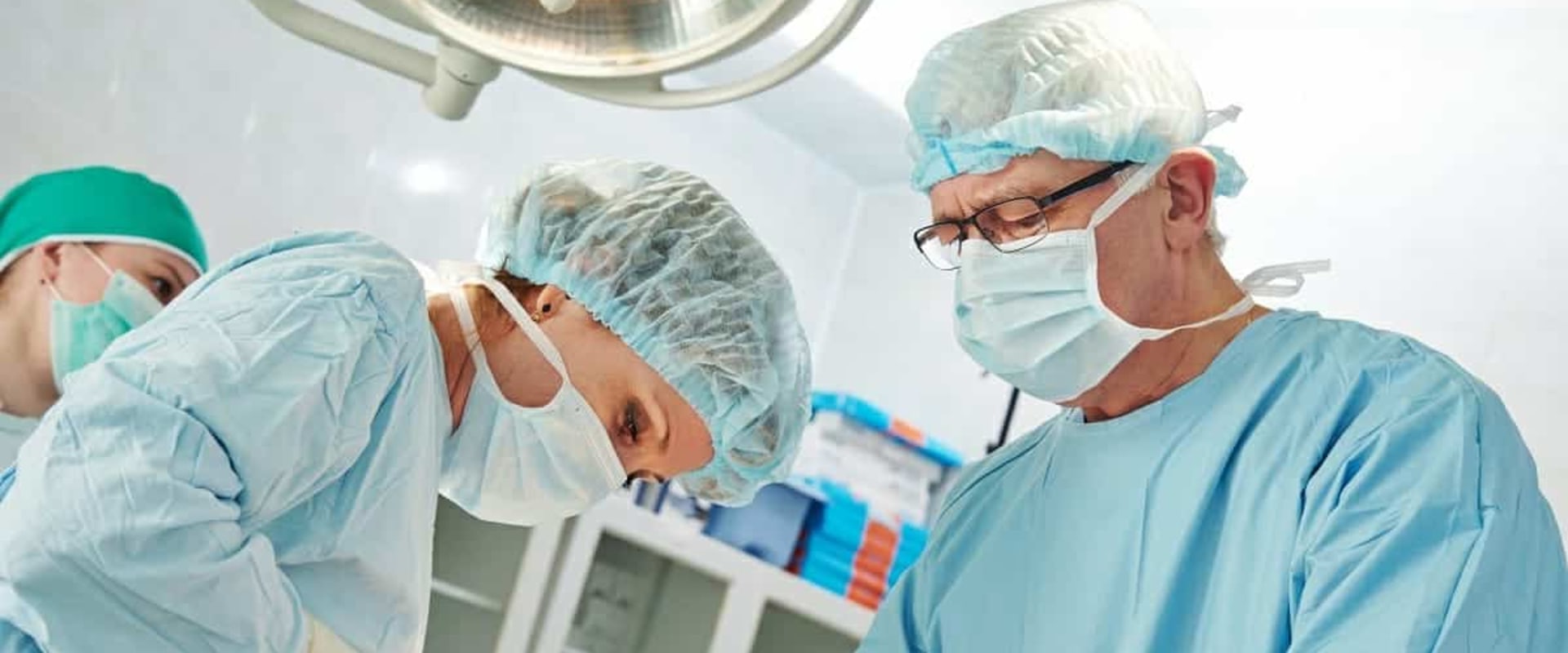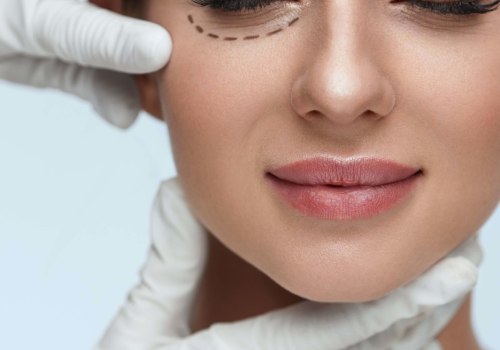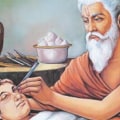Undergoing any type of surgery can leave people feeling anxious and uncertain about their safety. While plastic surgery has been proven to be generally safe, no medical procedure is without risks. All surgeries, including cosmetic procedures, come with potential risks and complications. If you have a body mass index of 30 or more (obesity) or if you have diabetes, you may be at a greater risk of developing complications such as blood clots in your legs or lungs.
Smoking also increases the risk of complications and interferes with the healing process. Additionally, it is important to be aware of any plastic surgery offers that seem too good to be true. Some people travel outside the country to have plastic surgery at cheaper prices, but this may increase some of the risks associated with the procedure. Taking a long flight soon after surgery may increase the risk of blood clots.
Cosmetic surgery, like any type of surgery, is not without risks. Plastic surgery procedures can result in complications ranging from an unattractive or unnatural end result to scarring or even death. Hematoma is a risk in almost all surgeries and treatment may require additional operations to drain the blood if the blood pool is large or grows rapidly. This may require another procedure in the operating room and sometimes additional anesthesia.
As with any surgery, blood loss is expected, but uncontrolled blood loss can cause a drop in blood pressure with life-threatening results. Blood loss can occur while on the operating table, but also internally after surgery. Although postoperative care includes measures to reduce the risk of infection, it remains one of the most common complications of plastic surgery. For example, infections occur in 1.1 to 2.5 percent of people who have breast augmentation.
Skin infection (cellulite) can also occur after surgery. In some cases, infections can be internal and serious, and require intravenous (IV) antibiotics. The potential for nerve damage is present in many different types of surgical procedures. Numbness and tingling are common after plastic surgery and may be signs of nerve damage. In most cases, nerve damage is temporary, but in some cases it can be permanent.
Most women experience a change in sensation after breast augmentation surgery, and 15 percent experience permanent changes in nipple sensation. Hypertrophic scarring, for example, is an abnormally red and thick raised scar along with smooth and hard keloid scars which occurs in 1.0 to 3.7 percent of tummy tucks. General anesthesia can sometimes lead to complications such as lung infections, strokes, heart attacks, and death. Knowledge of anesthesia or waking up in the middle of surgery is very rare but possible. While there is no way to completely eliminate risks when undergoing one of the cosmetic procedures described above, seeking the services of a qualified and reputable surgeon will help minimize the chances of something going wrong. Because cosmetic surgery can bring lasting and drastic changes to your external appearance, it's important to understand how these changes might affect you on the inside. Answer honestly about previous surgeries, health problems, and medications or supplements you take so that the surgeon has the most information about any possible complications.
With the advent of the super-wet technique on tumescent liposuction and the proper training of board-certified plastic surgeons, the mortality rate dropped dramatically and liposuction is now considered one of the safest cosmetic procedures performed. Many people mistakenly assume that elective (optional) procedures such as cosmetic surgery are not as serious as other types of surgery. During the consultation process for cosmetic surgery, the surgeon will ask you about your medical history. Cosmetic surgery can offer many significant benefits for patients in terms of their body image and general well-being; however it can also pose considerable risks. Despite being informed and prepared you may be surprised by the bruising and swelling that follows cosmetic surgery and how long they last. A continuous effort to produce peer-reviewed clinical and basic scientific and anatomical research along with technical improvements will serve to advance safety in cosmetic surgery. National mortality rates after ambulatory cosmetic surgery are low as well as rates for perioperative deep vein thrombosis detection and prophylaxis. Some surgeries are purely cosmetic while others are necessary for previous trauma or injury.
The five main minimally invasive cosmetic procedures performed were botulinum toxin injection, soft tissue fillers, chemical peels, laser hair removal and microdermabrasion. The surgeon helps patients understand this so that they can fully appreciate their true appearance and how this can change with cosmetic surgery. People who undergo breast surgery may experience contour or asymmetry problems while those who undergo facial surgeries simply may not like the result. Highlighting and analyzing adverse events in published literature will definitely help make cosmetic procedures less risky; help introduce newer and safer techniques; and force physicians and industry to introduce innovative risk-free trends for the future.






